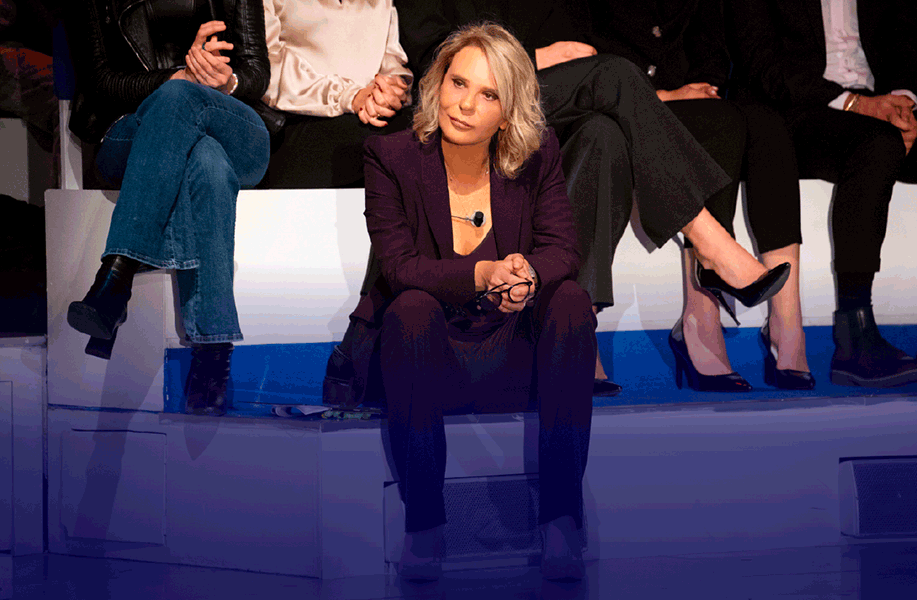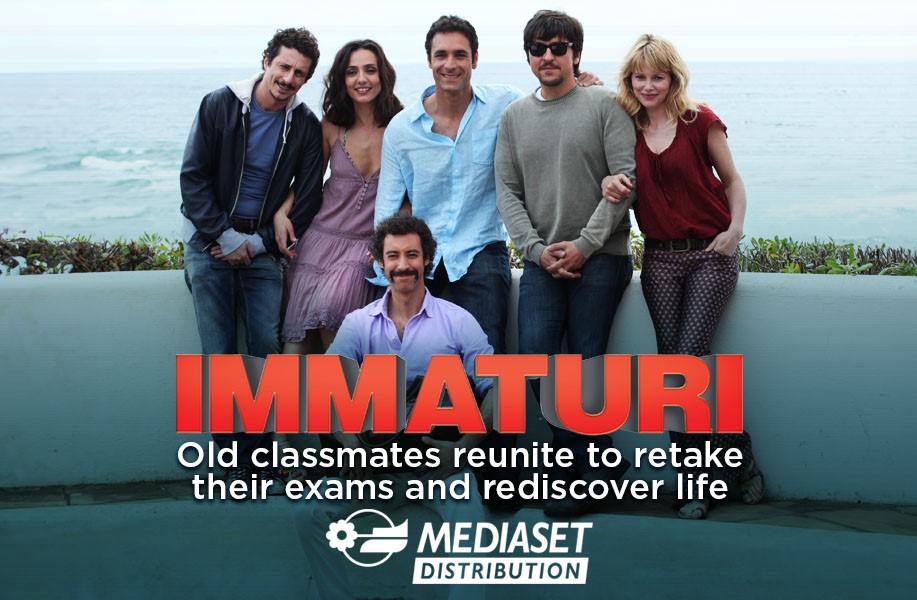In an era defined by hyper-fragmentation and rapid shifts in audience behavior, the Glance session “Unlocking Audience & Content Dynamics: Who is watching, What, How and Why?” drew a packed Grand Auditorium at MIPCOM Cannes on Monday, October 13, 2025. Led by Frédéric Vaulpré, Senior Vice-President of Glance, and Maryam Ramassamy, International Research Director, the presentation offered a panoramic look at how global viewing habits, new business models, and emerging storytelling trends are reshaping the entertainment ecosystem.
As the battle for attention intensifies, Glance — the Paris-based market intelligence leader that tracks TV and video performance across more than 120 territories — provided delegates with essential data on the evolution of global audiences and the creative trends defining success in 2025 and beyond.
Vaulpré opened with a striking statistic: since 2021, streaming has doubled its share of total viewing time, surpassing 47% in key markets such as the US and UK, while linear TV has dropped to 28%. According to Nielsen and Glance data, Netflix and YouTube together now control nearly half of all streaming hours in the United States — a duopoly that is fundamentally reshaping the economics of global entertainment.
“The media landscape is more fragmented than ever,” Vaulpré noted, “yet the need for precise audience intelligence has never been greater.” He described a market where traditional players are adapting to “hyper distribution” — a model that requires content to be present everywhere across AVOD, SVOD, FAST, and linear platforms — while embracing what he called “co-opetition”: strategic collaborations between rivals.
Using US sports rights as a case study, Vaulpré illustrated how partnerships between broadcasters, aggregators, and streamers represent the new norm. “Reliable ratings data,” he emphasized, “is your best bargaining chip in a world where carriage deals are negotiated across multiple ecosystems.”
In this hyper-connected environment, Glance’s message was clear: first-party viewership data is not only currency, but leverage. Understanding who watches, how, and why enables both content creators and distributors to design smarter strategies and strengthen negotiation power with advertisers and partners alike.
Despite the steady decline of linear TV, broadcasters are far from out of the game. Glance revealed that BVOD (Broadcaster Video on Demand) platforms continue to grow rapidly, attracting younger audiences. Between January and May 2025, BVOD viewership among 16–34-year-olds rose by three percentage points, while digital ad revenues — especially at France’s TF1+ — posted remarkable gains.
These trends underline a larger industry truth: hybrid business models that blend premium linear content with digital-first distribution are becoming the most resilient. Traditional broadcasters are leveraging their strong IP libraries and brand trust while adopting streaming logic, transforming themselves into agile multi-platform operators.
Scripted Series: Thrillers, Gen Z, and Inclusivity Drive Exports
Ramassamy then took the stage to present Glance’s latest NoTa (New On The Air) data, tracking new launches and audience trends across 45 territories. In the scripted sector, three nations dominate exports: the US, the UK, and Turkey, which together account for over half of all international series exports in the 2024–2025 season.
But it’s not only geography that defines success — it’s themes. Glance highlighted three dominant storytelling directions:
Geopolitical thrillers thriving on international tensions and espionage, such as Espias (Portugal) and Tempest (a US–Korean co-production), which scored +41% above their channels’ average among viewers aged 15–34.
Series exploring gender and identity, like Alpha Males and A Better Man, resonating with younger audiences by reflecting Gen Z’s redefinition of norms.
Inclusive dramas moving from the margins to the mainstream, exemplified by Bennie (Netherlands) and Detective Romi (Spain), both of which doubled their channels’ youth market shares.
“These shows prove that fiction is not only a mirror of society but also a catalyst for cultural dialogue,” Ramassamy commented. “The next generation expects entertainment that reflects both global anxieties and personal authenticity.”
Unscripted Formats: Nostalgia, IP, and a Changing Society
Turning to unscripted trends, Glance identified the UK, the US, and the Netherlands as the top three exporters, responsible for over 60% of all format adaptations worldwide. Here, the most impactful trend is the return of early 2000s nostalgia, with revamped game shows and entertainment hits enjoying record numbers among young adults.
Formats like Hollywood Squares (USA), Let’s Make a Deal (France), and Sarabanda (Italy) have generated impressive ratings uplifts — up to 22 times higher than their channels’ average share among 15–34-year-olds.
Meanwhile, factual and reflective entertainment shows such as Le Vrai du Faux (Canada) and History Storytellers (South Korea) explore today’s social shifts, blending documentary depth with entertainment appeal. These shows demonstrate how the factual genre is evolving into a tool for collective reflection, resonating with audiences navigating uncertainty and cultural transformation.
As the session concluded, Ramassamy emphasized the growing convergence between data and creativity. “Our industry is coping with a fundamental change in how audiences consume TV — in both substance and form,” she said. “Content must connect with the audience’s current state of mind, even when that means mixing nostalgia with innovation, or realism with escapism.”
Glance’s comprehensive research showcased an industry that is no longer defined by traditional borders — not between countries, platforms, or even genres. The new content economy, shaped by hyper distribution, co-opetition, and audience intelligence, rewards those who blend flexibility with data-driven strategy.


_13737.png)







